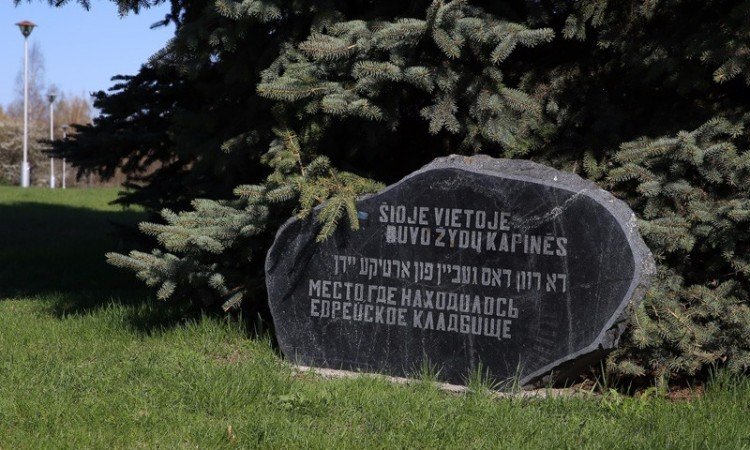Bukta Manor
A valuable feature of Bukta manor is the structure of the plan of the manor house, the volumetric spatial composition, the remains of the former parts (structures) of the complex or their places. It is claimed that in ancient times the royal forests were raw here. For the first time, the manor was mentioned in documents from 1520 to 1525. There is the river Šešupė nearby, on the left bank of which in the 16th century a habitat was built for the stay of hunters and representatives of the Grand Duke. In 1569, the Grand Duke of Lithuania and king of Poland Žygimantas Augustas transferred these lands, about 17 valaks, to Lukas Volfas. In 1649 it was a forest manor with no farmland and no penal.










